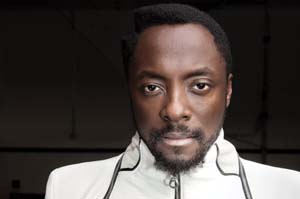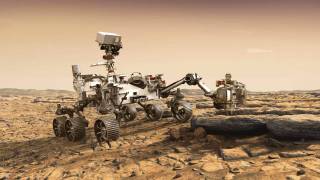Nasa’s Curiosity rover broadcasts will.i.am song from Mars
Source: telegraph.co.uk
The first ever song transmitted back from Mars by Nasa featured a tune by Grammy-winning US musician will.i.am, as part of efforts to inspire young people into science.  The extraordinary feat was among several astonishing achievements by US space agency’s £1.6 billion Curiosity rover, which landed on the surface of the Red Planet earlier this month.
The extraordinary feat was among several astonishing achievements by US space agency’s £1.6 billion Curiosity rover, which landed on the surface of the Red Planet earlier this month.The Black Eyed Peas rapper’s song, titled Reach for the Stars, was beamed more than 300 million miles back to Nasa’s Jet Propulsion Laboratory (JPL) in Pasadena, California.
The first music broadcast from another planet came after the planetary explorer beamed back incredible high-resolution, colour portrait images from Mars.
Nasa staff clapped their hands and held their arms in the air, smiling and swaying to the rhythm during the slightly less scientific use of the rover’s hi-tech equipment and communications ability.
The achievement also gave great delight to dozens of students who gathered at the laboratory to listen.
"It seems surreal," said will.i.am, who is also an actor.
He explained how Charles Bolden, the Nasa administrator, had called him to suggest beaming a song back from Mars as part of educational outreach efforts by the US space agency.
The song, which includes lyrics "I know that Mars might be far, but baby it ain’t really that far", involved a 40-piece orchestra including French horns, rather than a more modern electronically-generated sound.
The 37-year-old, whose real name William James Adams, told a student audience that he didn’t "want to do a song that was done on a computer," given that it was going to be the first piece of music broadcast back to the Earth from Mars.
"I wanted to show human collaboration and have an orchestra there and something that would be timeless, and translated in different cultures, not have like a hip hop beat or a dance beat," he said.
"A lot of times ... people in my field aren’t supposed to try to execute something classical, or orchestral, so I wanted to break that stigma."
The aim was to inspire young people like those at the Nasa event, including some from Boyle Heights in East Los Angeles where the musician grew up, to take a greater interest in science.
[...]
Read the full article at: telegraph.co.uk






















